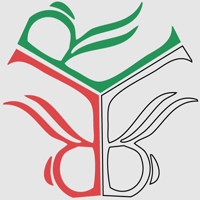Recellularization of decellularized porcine caval veins

All claims expressed in this article are solely those of the authors and do not necessarily represent those of their affiliated organizations, or those of the publisher, the editors and the reviewers. Any product that may be evaluated in this article or claim that may be made by its manufacturer is not guaranteed or endorsed by the publisher.
Decellularized material has been reported to be more suitable for cells to grow when compared to synthetic materials because repopulating cells are provided with the structural environment of native tissue. The aim of this study is to prepare and to test porcine caval veins through their decellularization followed by repopulation with human endothelial cells.
Copyright (c) 2021 The Authors

This work is licensed under a Creative Commons Attribution-NonCommercial 4.0 International License.
PAGEPress has chosen to apply the Creative Commons Attribution NonCommercial 4.0 International License (CC BY-NC 4.0) to all manuscripts to be published.


 https://doi.org/10.4081/bse.181
https://doi.org/10.4081/bse.181






